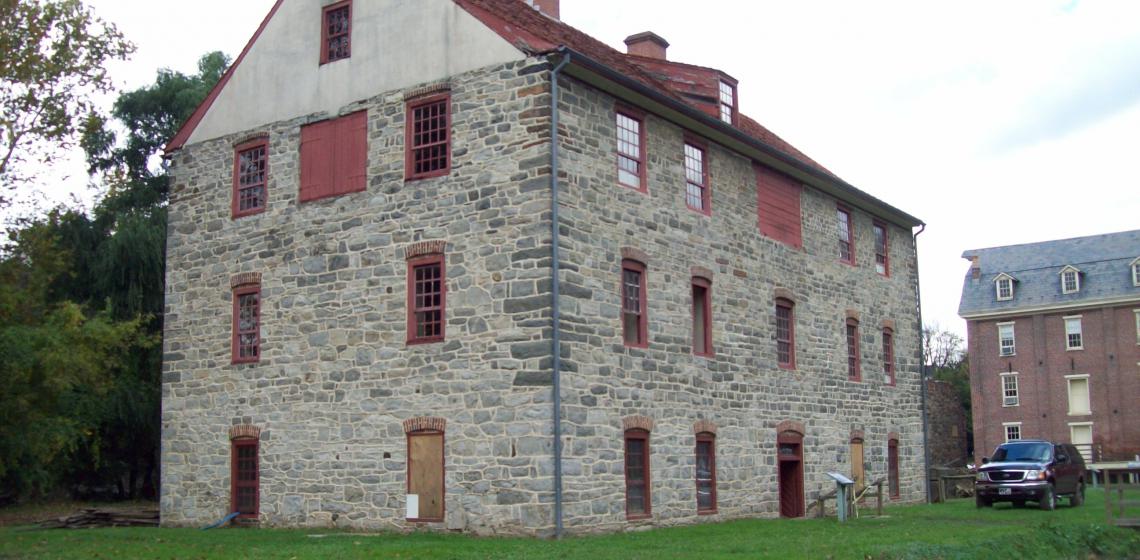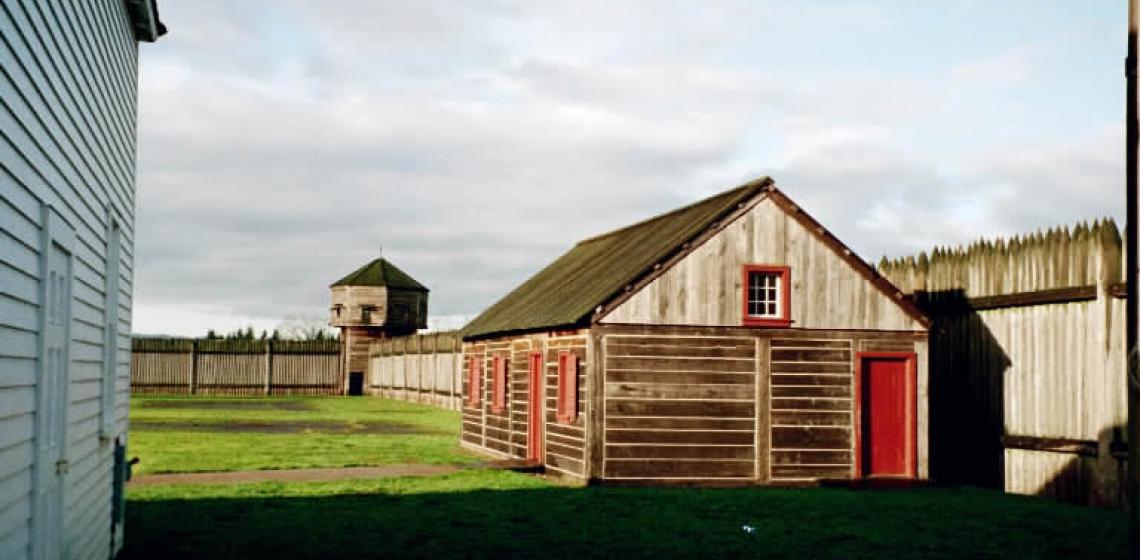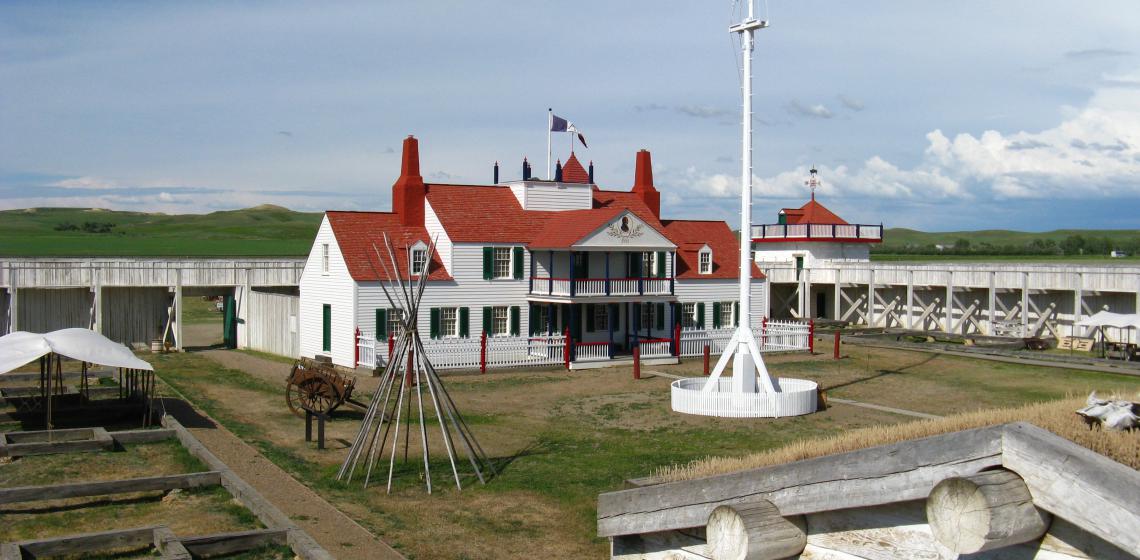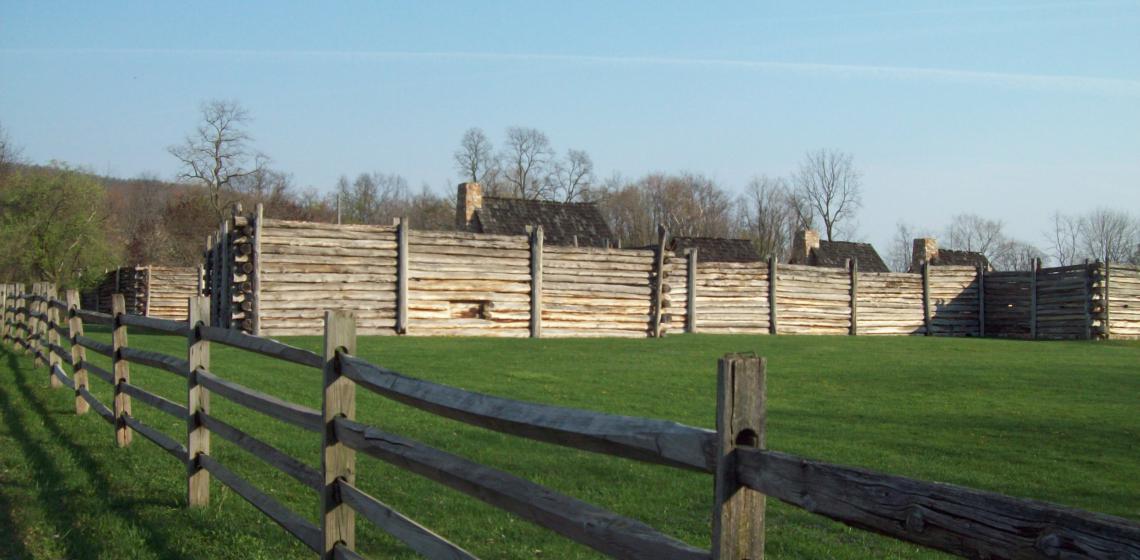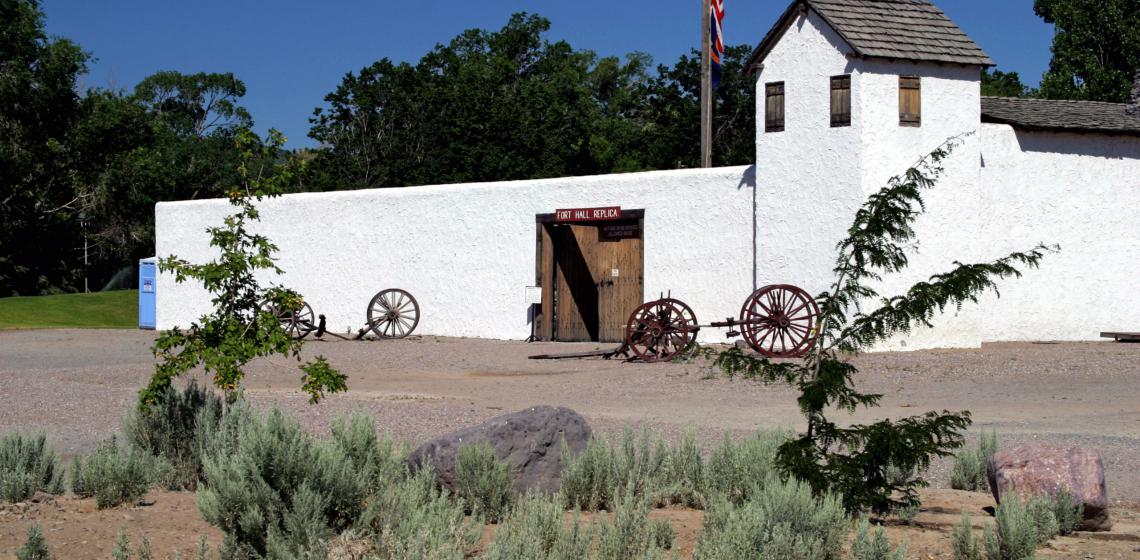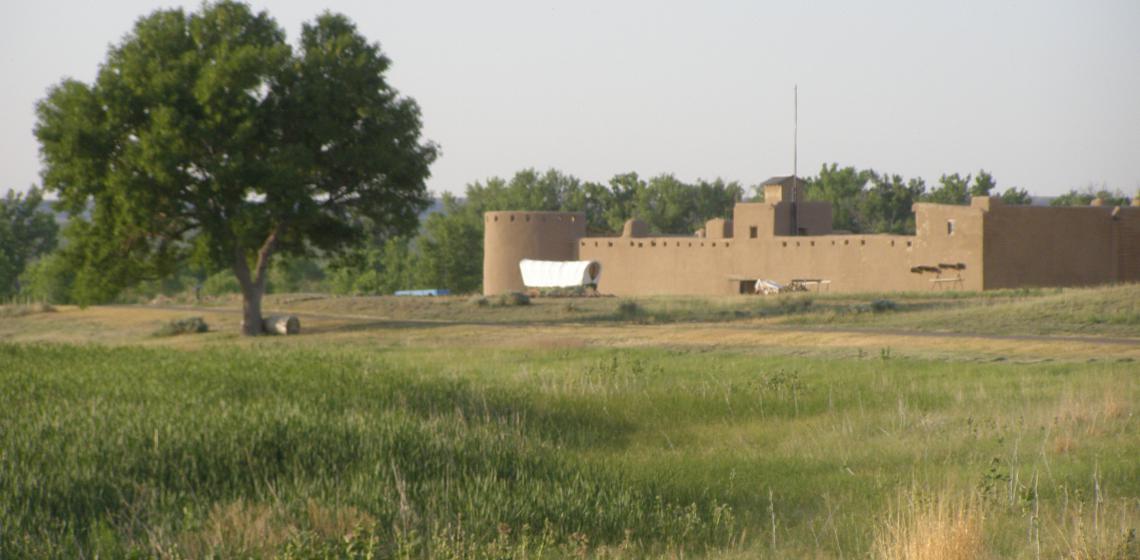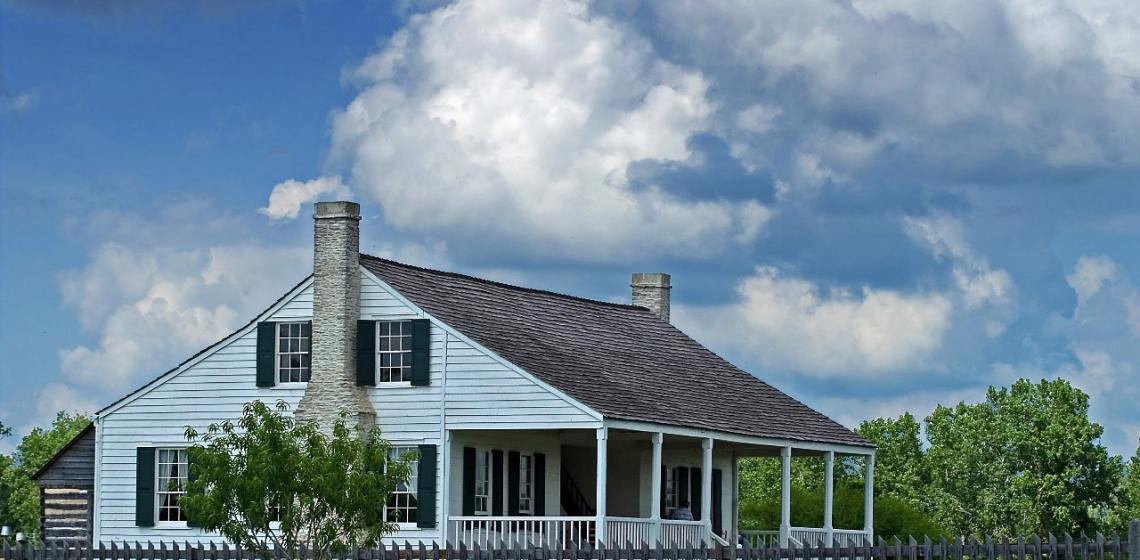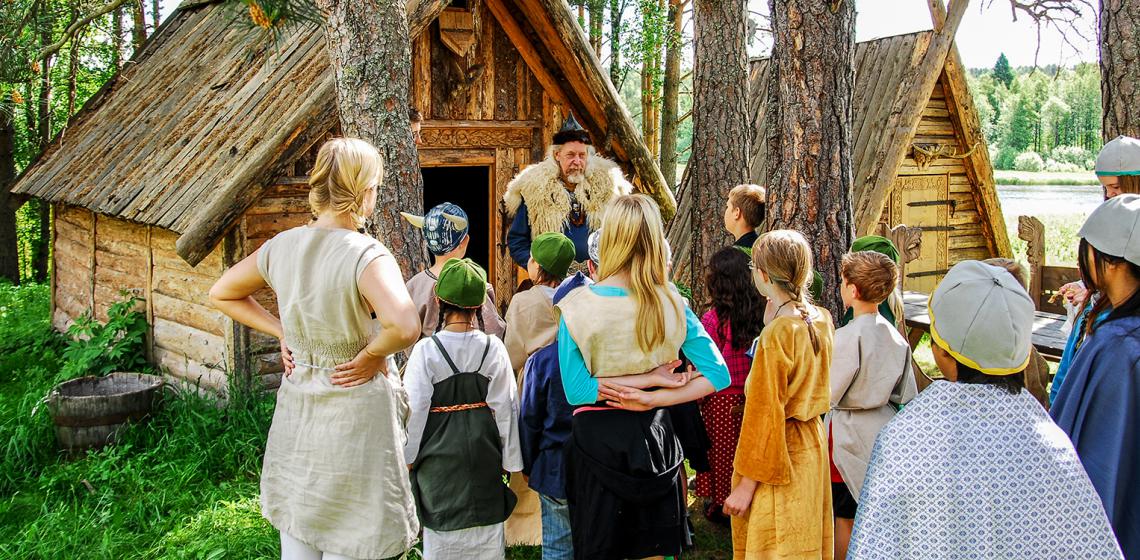Historic Moravian Bethlehem (US)
Historic Moravian Bethlehem is located in the heart of the City of Bethlehem. The Moravians located their crafts, trades, and industries along the waterways and their dwellings on the limestone bluff above.
The Moravians in Bethlehem lived in a communal society organized into groups, called choirs, and segregated by age, gender, and marital status. Because of that structure, Moravians built large choir houses, superb examples of German Colonial style architecture in America. In addition to living together, Moravians worked together under the General Economy, a system where everyone works and provides for the good of the community and, in return, receives care from birth to death.

